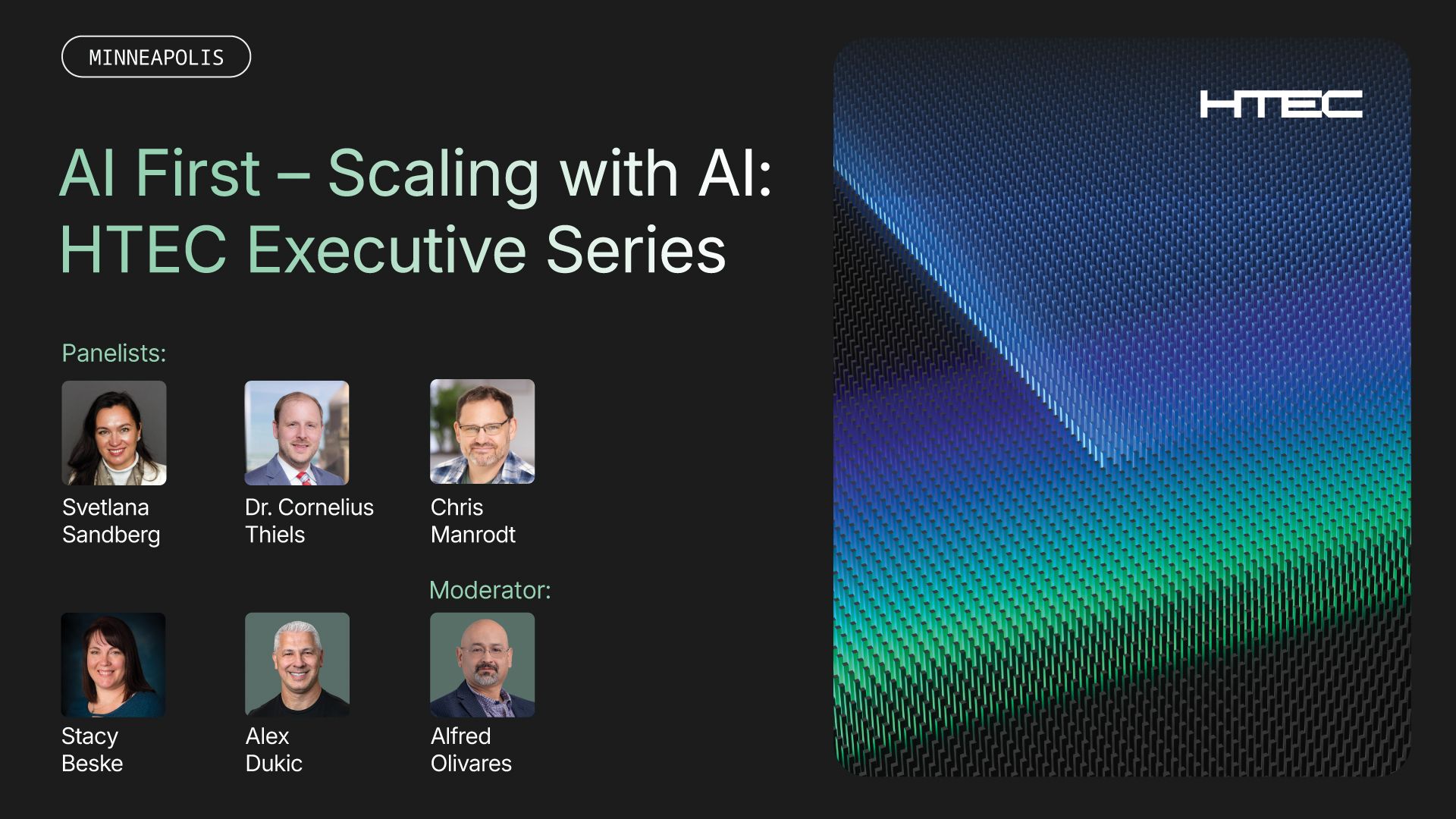(This is the first of a series of articles around digital biomarkers, an exciting new field that is growing in prominence with the application of AI, advanced sensors, and an understanding of disease states that go beyond simple blood measurements.)
Traditionally, people associate biomarkers with drawn blood that indicates presence of diseases or medical conditions. As demand for more precise medicine continues to increase, digital biomarkers are coming to light as a new class of biomarkers that provide novel insights. They are also typically more reliable, highly portable, precise, and accurate.
Biomarkers critically give insight into diseases and medical conditions that would be otherwise impossible to detect. Blood markers for heart, liver, kidney, and glucose levels are an indispensable part of medical screening and diagnosis. Blood was considered the holy grail, yet there are many conditions that can’t be determined via blood, and interpretation and detection can be extremely difficult. Take Theranos, for example. Theranos was a consumer healthcare technology startup whose leadership claimed it will revolutionize blood-testing industry. Unfortunately, their promise was far from realized and became deceptive when the technology couldn’t deliver.
The new generation of biomarkers: from voice and gait to ECG and digital therapeutics
At its core, digital biomarkers use algorithms and sensors across a mix between software and hardware to determine diseases. The strongest of these opportunities are all grounded in both research, technology, and clinical validation. In many cases, patients are also consumers with autonomy over which information they want to share and with whom, adding a new element of complexity.
This new category of biomarkers exists to understand disease, but through other means:
- Voice – Producing speech includes complex coordination of different cognitive and motor processes. This is how samples of speech provide insight into the state of patients’ physical and mental health. One of the examples is Kintsugi, an AI-based mental health platform that allows doctors to detect anxiety and depression in patients by analyzing their speech. By correlating variations in tone, frequency, and amplitude, voice produces valuable insight into both the mental and physical state of patients. By using only 20 seconds of free-form speech, Kintsugi provides a diagnosis, improved care and reduced suffering for the elderly and youth.
- Gait – The way people walk can help when researching neurodegenerative diseases. Digital biomarkers play a pivotal role here. By using motion sensors, pressure sensors and learning algorithms embedded in a shoe sole, researchers can more objectively analyze functional capacity of a patient and enable rehabilitation of the people suffering from diseases like Parkinson’s disease. This also helps improve monitoring of the disease progression as well as the effects of the therapies. detection of sub-concussive injuries in the way people walk.
- Breath – Biomarkers to indicate levels of drug usage, especially in items like epilepsy, etc. One of the companies unleashing the full power of non-invasive breath analysis for optimization of clinical trials is DBI from Switzerland. They use breath as an indicator of therapy absorption to dramatically improve how well patients are responding to treatment with near real-time feedback.
- Sleep trackers/disorders. Monitoring of alpha and other brain waves during sleep can indicate level of restorative sleep, as well as other sleep disorders. These biomarkers can be used to develop clinically deployable tools to identify people at high risk of poor cognitive and mental health outcomes and risk of sleep-related performance impairment both at work and on the road.
- Heart ECG – These biomarkers can be indicators of various heart diseases. ECG records the electrical signals in the heart to quickly detect heart problems and monitor the heart’s health. Heart Rate variability has recently shown progress in measuring depression levels in individuals. For instance, HTEC Group developed a complete telehealth solution, Humeds, which enables simple and comfortable ECG recording and analysis, combined with a precise diagnosis of cardiac arrythmias. Another innovative AI-powered solution developed by Marani is designed to help pregnant women monitor their health at home. HTEC Group took part in the realization of this project as their main technology development partner and a pioneer in dry-electrode and AI implementation in telehealth devices. Read more about Marani solution here.
- Digital therapeutics. An entire field of behavioral change is based on digital biomarkers that reflect adoption and reward/dopamine cycles that occur over conditions like addiction, insomnia, migraine, alcohol use disorder. Companies like Pear therapeutics, use a variety of digital techniques to understand symptoms and drive changes that would otherwise require bloodwork and more intensive monitoring.
“The communication channels of our body reveal far more than previously anticipated, and there is now an explosion of technologies to give insight into the human condition.” — Sava Marinkovich, Head of Healthtech at HTEC Group
The new digital biomarker product development approach
Development of digital biomarkers follow the same processes as the development of regular blood and fluid-based biomarkers that have been standardized and accepted: Discovery, proof of concept, pivotal, commercial. Yet, each of these include far more algorithmic, and novel processing techniques that merge sensors as well as AI/data engineering techniques. The inclusion of product/problem-solving techniques now becomes far more essential, as the biomarker is now put in a larger, active context of patient activities. This opens many new possibilities for creating immersive experiences around disease states, especially with hybrid digital and drug therapeutics.
Essential steps to validate and adopt safe and effective Biomarkers 2.0
Many things change when going from a traditional biomarker to the new biomarker 2.0:
- Research ahead of time is essential to confirm the medical feasibility. Different engineering domains may need to be validated before the approach becomes a product.
- Expectation setting will change during the maturity of the product — initial phases will be done more causally.
- Unlike with the traditional lab model, businesses will need to uncover right business models to make these biomarkers work (there may be other ways to make the biomarker reading, relevant to the health system or approach).
- Businesses will have to consider the ways how to integrate other accessories, partners, and tools into the biomarker platform to create the right value.
Coming up next!
This 4-part Biomarker 2.0 Series continues with the following themes:
Part 2: AI and algorithm development for digital biomarkers. This will address what are the challenges in biomarkers from an engineering and launch perspective.
Part 3: The use of new sensors and hardware that feed information into a digital biomarker system. Does a new type of sensor need to evolve?
Part 4: Productizing digital biomarker products. How to take a product-centric view about delivering value, all within the concept of validated clinical objectives. We address the questions like: What in product design matters for biomarkers?
To learn more about how we can help you bring your Healthtech solution to life, take a look at our MedTech and HealthTech industry page, or reach out to one of our experts. If you want to find out more about the latest hottest trends shaping the future of health, talk to our Sava Marinkovich — he is always ready to discuss innovative ideas and open up topics on how HTEC Group can help turn those ideas into groundbreaking solutions.





